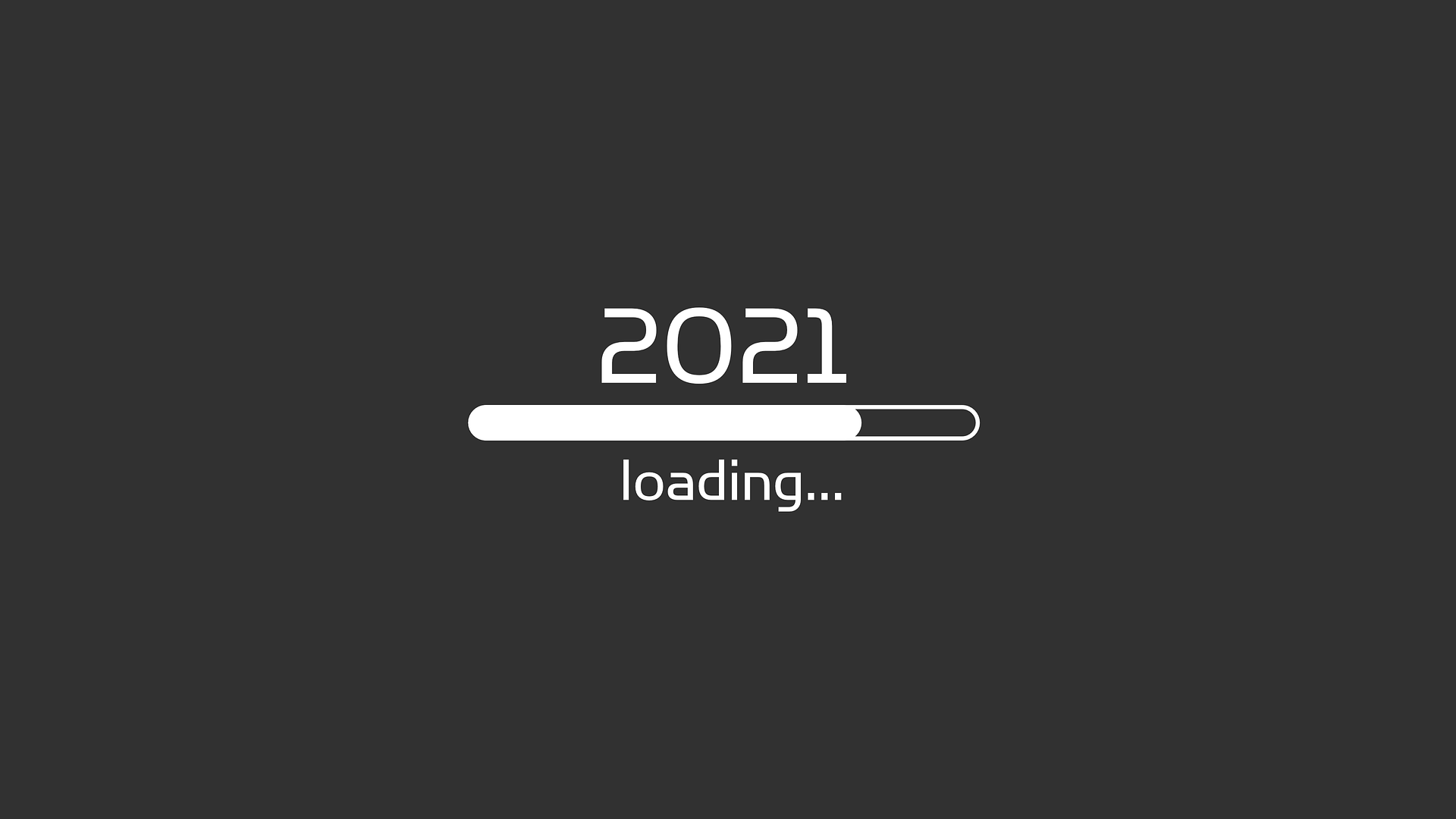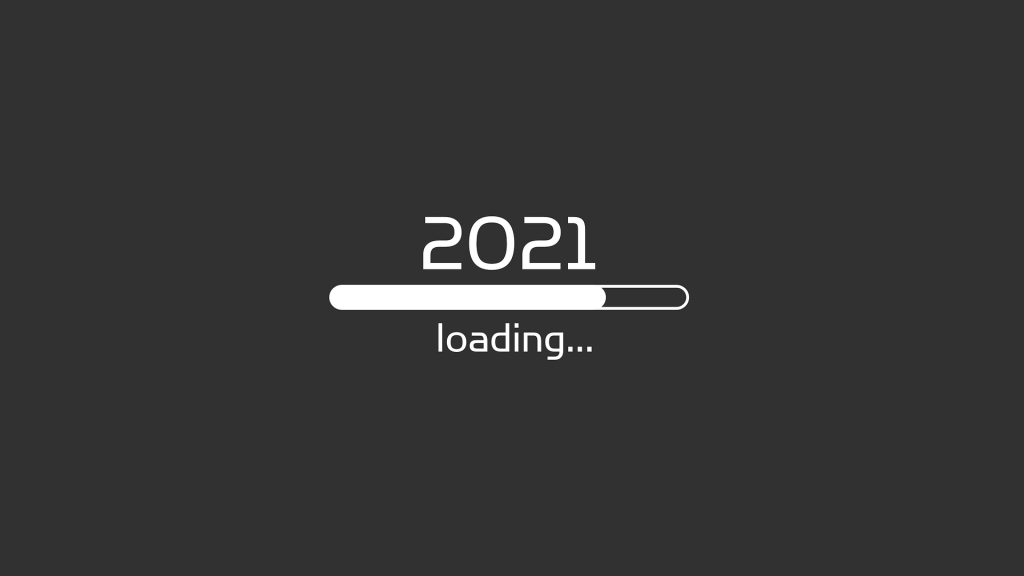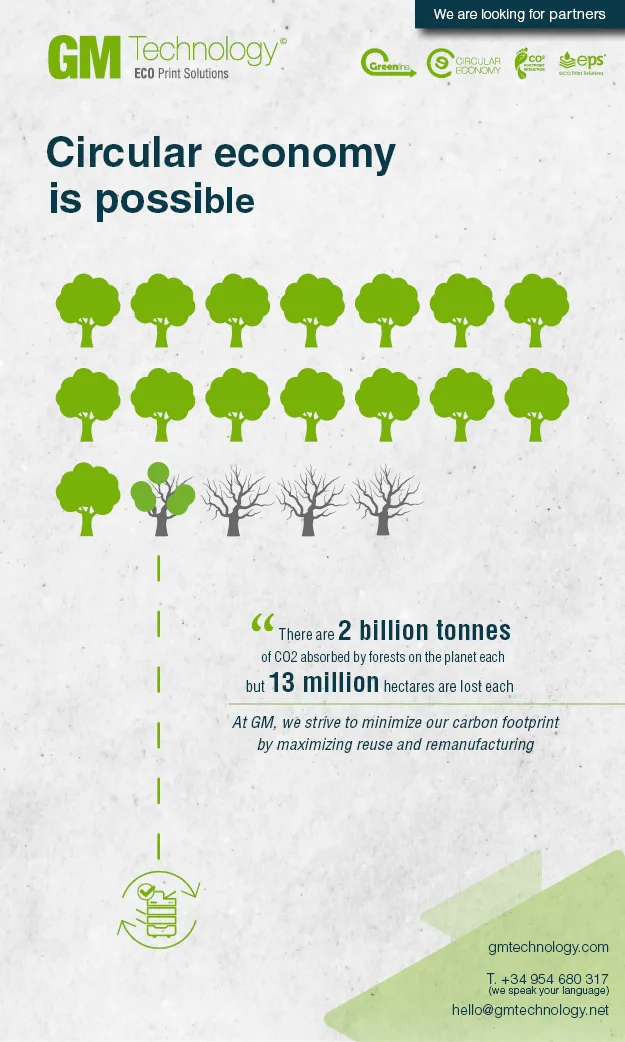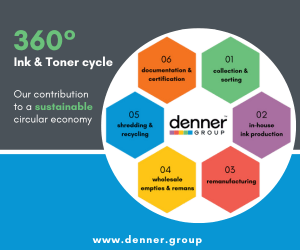Konica Minolta looks at the digital workplace in 2021
December 8, 2020
 In a recent article, Konica Minolta discusses five major trends that will define workplaces in the next year.
In a recent article, Konica Minolta discusses five major trends that will define workplaces in the next year.
The article says that the COVID-19 pandemic triggered an external shock of unprecedented magnitude for organisations large and small. In 2020, IT had therefore one prime goal: to find solutions to keep their employees working. For many companies, tools used to enable remote working meant they could continue to survive. This translated to a surge of requests for digital workplace solutions.
Konica Minolta’s experts Olaf Lorenz, Yoann Fortini, Shintaro Inoue and Jaromir Sponar offer some predictions for 2021. They expect that while 2020 was a year for finding solutions, 2021 will be the year for following these up with strategic approaches that address the new post-corona work reality. The imperatives for these strategies can be summed up with: ”grow, repair or replace and protect”. This is important, as 2021 will bring its own challenges as well as opportunities for organisations across the globe.
Olaf Lorenz, Senior General Manager Digital Transformation Division, Konica Minolta Business Solutions Europe GmbH said: “Despite all the challenges and hurdles organisations faced in 2020, let’s start on a positive note: From a digital work perspective, we were never as ready as we are today to deal with the workplace-related implications of such a pandemic. A mere decade earlier, and most of the companies that were now able to let their employees work from home would not have been able to do so. The economic downturn would have been even worse. Simply put: Many businesses would not have had the means to survive – but today, thankfully, we did.”
Unsurprisingly, the digital workplace solutions provider Konica Minolta saw a surge in demand for solutions related to remote work and remote collaboration in particular.
”Within weeks, IT departments around the globe where in charge of completely reshaping their infrastructure and workplaces. While a significant number already had the capabilities to have some of their workforce off-premise, almost nobody had prepared for a scenario where everyone would work from home”, added Yoann Fortini, IT Services Go-To-Market Senior Manager at Konica Minolta Business Solutions Europe. ”It is impressive to see what they were able to achieve at such short notice. In most cases, this was aided by existing digitalisation strategies and solutions, built up over the past years. Yet, the clear focus was on ensuring everyone could work; the pandemic was not the time for sophisticated strategic approaches. 2020 was marked by ad hoc swift responses. This will have to change in 2021. We will need to return to dedicated strategic digitalisation approaches with a view of long-term change. Let’s be clear: pre-corona working methods are a thing of the past. We now see the potential digitalisation has for organisations and their employees alike.”
Trend 1: The hybrid office will be the new workplace
2020 led to an irreversible and fundamental shift in the meaning of the workplace.
”Disconnecting the term ‘workplace’ from a specific geographic location has been proclaimed a consequence of digital working methods for some time. Now, as a response to the pandemic, this has become a reality much more quickly than expected. In many cases, to keep workflows going, organisations have had to compromise, allowing for example, bring your own device (BYOD) strategies that they had previously dismissed”, said Olaf Lorenz. ”In 2021, we will be entering the era of the hybrid office. This hybrid workplace will have to provide employees with seamless and efficient workflows – independent of whether they are working from their office location or from any other place.” The industry experts from IDC expect that ”by 2023, 75% of G2000 companies will commit to providing technical parity to a workforce that is hybrid by design rather than by circumstance, enabling them to work together separately and in real time”. Yet, by no means will this development be limited to large companies: IDC also expects already by 2021 that ”at least 70% of digitally enabled SMBs will operate under a hybrid model of working, with remote work emerging as a norm”. Thus, across organisations, the physical office space will become smaller, reducing the ‘real estate footprint’ that businesses have. This will also change the requirements for IT.
Fortini added: “IT will no longer consist of a central internal network with external access enabled. Rather, its role will transform: it will manage a decentralised network of devices. These devices are intelligently connected and communicate with each other from a multitude of internal access points. We have set up our Intelligent Connected Workplace portfolio to cater to the needs of our customers in making the transition towards the hybrid office.”
Trend 2: Adapting security, safety and compliance to the hybrid office
The transformation towards hybrid offices must be accompanied by a new, holistic approach to security, in order to avoid negative consequences.
”The parameters for protecting your business have significantly shifted in 2020 – this will make an overhaul of the security strategy necessary for many businesses”, said Fortini. He expects this to include more secure and compliant information management systems, premises security solutions as well as managed security and disaster recovery services. This first and foremost starts with IT, as cyber criminality has quickly adapted to the new work reality: 2020 saw a steep increase in ransomware and data theft attempts trying to exploit insecure home office work processes. ”We unfortunately have to expect a further professionalisation of these attacks in 2021, strategically targeting the ‘weak links’ an unprepared IT may have”, stated Yoann Fortini.
Shintaro Inoue, Senior Manager Video Solution Service, Konica Minolta Business Solutions Europe added: “Intelligent perimeter protection is becoming more important. Our intelligent MOBOTIX video solutions help address those. Further solutions exist for the health protection of employees: We are, for example, able to provide solutions for measuring the body temperature of visitors entering premises.”
Trend 3: Having to work with limited budgets to implement big change
With interruptions in both their supply chains and markets, 2020 will strain the financials of many companies across most industries. According to SMG, ”budget constraints have become a challenge for a larger number of organisations, with 41% of respondents in the third quarter.”
This will place constraints on their budgets, even for high-priority activities such as digitalisation, so they must be utilised as efficiently as possible. ”Cost-intensive capital expenses such as those for on-premise scenarios will give way to flexible and scalable hybrid and cloud-based solutions, enabling businesses to pay for what they use, rather than for what they own”, stated Fortini. ”This too is a trend we’ve seen develop over the past years that has now been accelerated by the pandemic.”
Trend 4: Process automation and data-driven decision making on the rise
With limited budgets, large and small organisations will face a further challenge in 2021 with regard to their skilled labour.
”In fact, organisations will need to use their most valuable resource as best as possible – their employees. Arduous repetitive manual tasks are definitely not part of those application fields”, said Jaromir Sponar, ITS Business Development Manager, Microsoft MVP at Konica Minolta IT Solutions Czech. ”Manual processes with arduous tasks using small parts lead to errors and frustrated employees. Replacing those with Robotic Process Automation (RPA) means that repetitive tasks will be taken over by process robots – making fewer mistakes. Thus, employees can do more sophisticated tasks and we can increase their satisfaction”, Sponar stated.
Trend 5: Digital workplaces – a steppingstone for more sustainable growth?
”Digital transformation enables us to rethink what is necessary, especially with regard to mobility-related emissions”, said Lorenz. ”This includes both daily commuting as well as business travel. Collaboration tools not only make communication and networking across different locations seamless – they are a good option when looking to avoid CO2 emissions resulting from business travel. This way, our collaboration tools such as Workplace Go can help the organisations effectively improve their CO2 footprint.”
According to Lorenz, an organisation’s future ability to grow will depend on its capability to navigate the shift to a low carbon, clean technology economy. Here, a higher digital maturity of the organisation can help achieve these goals: ”Of course, digital information management helps reduce the amount of paper used – and therefore lower the amount of natural resources required.” However, he also states: ”Yet, we must consider that digital processes use energy as well – here, efficiency gains and renewable sourcing are key – and they will play an even greater role in years to come. Sustainability will therefore be a focus in the digitalisation strategies of 2021 and beyond.”
To read the full article, click here.
Categories : World Focus
























